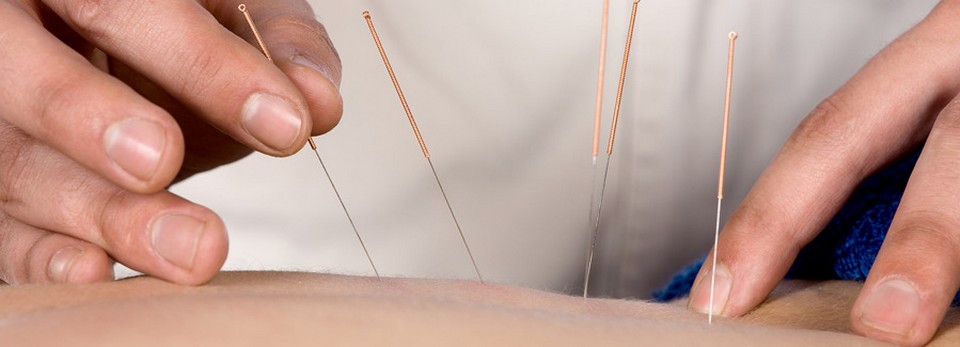Reviewing 26 studies involving a total of 1500 patients still doesn't answer the question: What factors predict the outcome of surgery for cubital tunnel syndrome? Six of the most commonly used prognostic factors were evaluated. These included age, duration of symptoms, severity of preoperative status, results of preoperative electrodiagnostic testing, type of surgery, and Workers' Compensation status.
Cubital tunnel syndrome is a condition that affects the ulnar nerve where it crosses the inside edge of the elbow. The symptoms are very similar to the pain that comes from hitting your funny bone. When you hit your funny bone, you are actually hitting the ulnar nerve on the inside of the elbow. There, the nerve runs through a passage called the cubital tunnel. When this area becomes irritated from injury or pressure, it can lead to cubital tunnel syndrome.
The ulnar nerve actually starts at the side of the neck, where the individual nerve roots leave the spine. The nerve roots exit through small openings between the vertebrae. These openings are called neural foramina. The nerve roots join together to form three main nerves that travel down the arm to the hand. One of these nerves is the ulnar nerve.
The ulnar nerve passes through the cubital tunnel just behind the inside edge of the elbow. The tunnel is formed by muscle, ligament, and bone. You may be able to feel it if you straighten your arm out and rub the groove on the inside edge of your elbow.
The ulnar nerve passes through the cubital tunnel and winds its way down the forearm and into the hand. It supplies feeling to the little finger and half the ring finger. It works the muscle that pulls the thumb into the palm of the hand, and it controls the small muscles (intrinsics) of the hand.
But when pressure on the nerve is severe enough, constant pain, numbness, and electric shock sensations make it difficult to perform daily tasks at home and at work. The problem is usually treated conservatively with nonoperative care. Anti-inflammatory medications may help control the symptoms. The early symptoms of cubital tunnel syndrome usually lessen if you just stop whatever is causing the symptoms. This is called activity modification.
If the symptoms do not go away, even with changes in activities and nonsurgical treatments, then surgery may be advised to stop damage to the ulnar nerve. The goal of surgery is to release the pressure on the ulnar nerve where it passes through the cubital tunnel.
The surgical approach reviewed in this study is called ulnar nerve transposition. In this procedure, the surgeon forms a completely new tunnel from the flexor muscles of the forearm. The ulnar nerve is then moved (transposed) out of the cubital tunnel and placed in the new tunnel.
It's a delicate operation that can have variable results. It would be helpful to have some way to evaluate patients before surgery for potential factors that might cause postoperative pain and disability. Having what we call predictive or prognostic factors might help surgeons choose patients more careful (and specifically) for this procedure and/or change the way patients are treated.
But the results of these studies showed no clear trend and conflicting results when focusing on these six potential predictive factors. The authors of this review say that the reasons for the lack of convincing or consistent evidence may not have to do with the factors themselves. It's more likely that the study design and general low-quality of the studies were the real problem areas. Many times there just weren't enough patients in the studies to create significant statistical data.
They concluded that future prognostic (high-quality) studies are definitely needed. One step researchers could take is to use the same disease-specific outcome measure that is reliable. Research to find such a tool should be the first step. Studies with large numbers of patients would also be helpful. And research that doesn't rely on retrospective design (patients have to recall or remember events over a long period of time) is preferred.
Reference: Qiyan Shi, MD, MSc, et al. Predictors of Surgical Outcomes Following Anterior Transposition of Ulnar Nerve for Cubital Tunnel Syndrome: A Systematic Review. In The Journal of Hand Surgery. December 2011. Vol. 36A. No. 12. Pp. 1996-2001.








